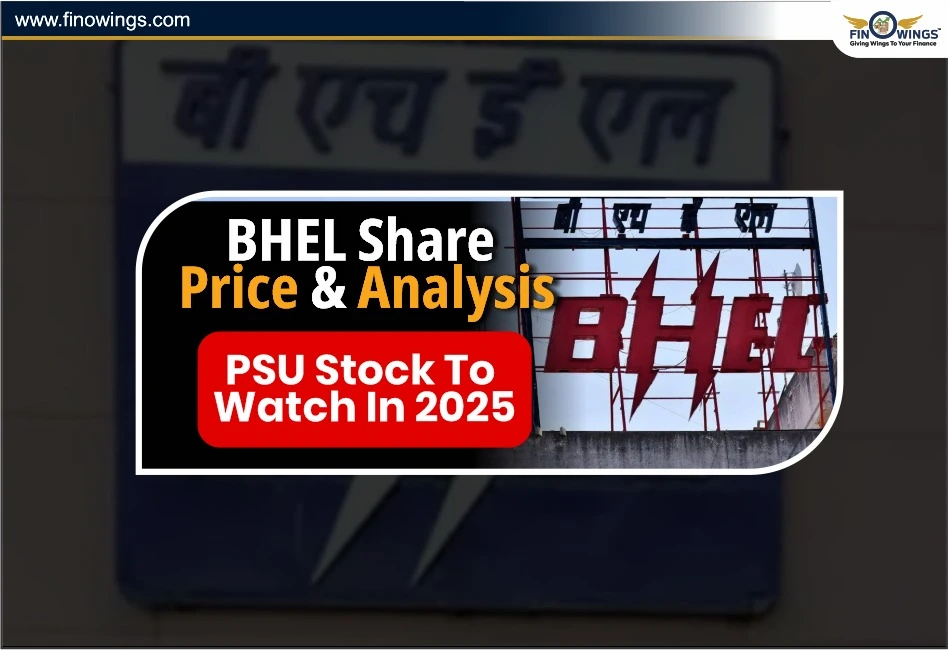Home >> Blog >> What is forecasting? and ways of forecasting.
What is forecasting? and ways of forecasting.

Table of Contents
Introduction
Future planning is one of the essential aspects of everyone's life. People purchase insurance, invest, and set aside cash to plan the future. It helps them to deal with ambiguous times in their life and, at the same time, enjoy the good times of their life.
Similarly, businesses, investors, economists, and others also need to do future planning and take measures to tackle uncertain times and perform better in the future. But how do they do it?
Forecasting helps in planning the future. This technique allows businesses, investors, and others to predict future trends using past and present data. Forecasting is one of the most critical components of the organization, investments, economics, and other fields, which benefit different sectors in many ways. Let's examine forecasting in more detail to learn how it benefits different areas and how it is done.
What Is Forecasting?
Forecasting is a technique for making logical predictions by analyzing historical and current data. Forecasters use statistical techniques and tools to analyze previous data and predict future trends. Because of this, this method is also referred to as statistical analysis.
Simply put, forecasting aids in future planning for businesses to easily allocate budgets, estimate their expenses for the future, and protect themselves from anticipated losses. It also gives a good idea of future trends.
A business can forecast in various ways to get the best results. First, however, businesses must share the specifics of the data and employ a suitable methodology for better and more accurate forecasting.
The more accurate the results, the easier it will be to allocate the budget for future projects and boost the company's performance in the future. Therefore, forecasting is crucial to a company's future readiness and should be considered.
What Is The Concept Of Forecasting?
Different fields benefit from forecasting in different ways. For example, business forecasting helps businesses plan for the future and make better decisions about expenses and budgeting. In addition, they can prepare for difficult times by using forecasting to get a good idea of the trends that may emerge in the future.
Investors predict potential developments that could affect a company and its stock price. They can use this information to invest wisely and gain better returns on their investment by understanding a company's future trends.
Equity analysts use forecasting techniques to learn about changes in upcoming trends. For example, forecasting is done to anticipate changes in the GDP, unemployment, etc.
By forecasting, statisticians can assess the effects of changes on a business operation. For instance, they experimented with working hours and workplace settings to gather data on employee productivity and customer stratification. Then, they use this to estimate a company's earnings, and if the figure differed highly from the original earnings, it could affect the share price of the company as well.
Forecasting assists in analyzing a set of data from a specific business to assess the effects of various trends shortly. These data are gathered to address multiple issues and are later compared to the original data for validation and improved forecasting.
What are the Different Techniques of Forecasting?
Utilizing the proper forecasting methodology is essential for obtaining more precise results. Qualitative and quantitative methods are the two most widely used methods for predicting future trends. However, both approaches have some differences, so businesses and investors can choose the best approach that suits their needs. Let's understand these techniques in more detail.
-
Qualitative Technique
This method involves gathering information based on an expert's analysis of a company's market trends. This method's application is restricted to predicting a company's short-term future.
Investors rely on top management interviews, site visits, market analyses, polls, surveys, news articles, and company records or strategies to gather information using this technique. Investors predict future trends based on market trends and industry experts' assessments of the specific company.
However, this approach has some drawbacks. For instance, it is only sometimes possible to interview a company's top management. Because they frequently need more time to entertain investors. Apart from this, polls and surveys are only sometimes reliable.
-
Quantitative Technique
This approach heavily relies on a company's data and statistics instead of opinions and market trends. As a result, it improves the accuracy and effectiveness of the method. A company's past and present performance is assessed to predict its future performance. Even though to use this method for forecasting, you must have access to the accurate data of a company.
-
Time Series Analysis
This quantitative method involved assessing historical data to project a company's future trends. Investors studied a company's historical trends closely and made predictions based on how those trends interacted.
This forecasting method considers a company's past trends, flaws, problems, and cyclical fluctuations. Then, investors forecast future trends based on all of these variables.
-
Econometric Inference
Investors use this additional quantitative forecasting method. It entails analyzing cross-sectional data to find similarities between variables. For example, investors examine a company's revenue and contrast it with potential future economic indicators like inflation and unemployment. This will make it easier to predict how these factors may impact a company, its stock price, and other elements in the future and enable informed decision-making.
The Importance of Forecasting
Due to the time commitment, forecasting is avoided by businesses and investors, but it has many benefits and can be helpful in various ways.
-
It aids in more precise future planning.
-
It helps in making an informed decision.
-
It aids in resource utilization more effectively.
-
It aids in managing uncertainty and challenges in the future.
-
It assists in gathering pertinent future data based on a company's historical and current data.
What is the Right Method of Forecasting?
You've read about qualitative and quantitative forecasting methods, but how do you decide which one is best?
Which produces more accurate results?
Both forecasting approaches have their benefits and drawbacks, and the best approach can only be determined based on the nature and extent of the forecast. On the other hand, the limited scope of a qualitative method may yield accurate results, but it takes a long time.
On the other hand, the quantitative method uses less time because it uses data but is more expensive because it uses different software. You can quickly predict a company's data using the quantitative approach. But employing this forecasting method might be costly.
As a result, you can base your decisions on the advantages of each method and the resources required for each process. You can decide which approach will result in high accuracy in the most effective manner.
Limitations of Forecasting
Before making any conclusions, it is crucial to understand this method's limitations. Nothing in this world is perfect, and the same holds for this method also. It is only sometimes possible to predict future trends for a company with complete accuracy. Let's look at the various forecasting limitations:
-
Forecasting entails predicting the future, and accurate future prediction is almost impossible.
-
It's just a guess based on the data, and things could change in the future.
-
Natural catastrophes and calamities are impossible to predict. We have seen how pandemics have impacted business and the entire world in the past.
-
Forecasting is based on historical data, and future trends may differ significantly from the past.
-
If the data-based forecasting is done correctly, it is useful and remains garbage.
The Bottom Line
In many ways, forecasting can assist businesses, analysts, and investors in making wise decisions about the future. Without forecasting, many of us may have to make wild guesses about the future. Therefore, using both past and present data, this technique aids in the sophisticated forecasting of future trends.
As a result, organizations can plan better execution of strategies for the future to generate better outcomes. For example, the forecast of GDP, inflation, and employment are expected to help economists create better policies. In addition, analysts predict a company's earnings for a specific period. This method may be beneficial in various ways, but it has challenges. This method is based on the future, the future is uncertain, so there is always a chance for error & inaccuracy. Therefore, it is advisable to not rely on one method and also pay heed to other ways before making any decision.

















